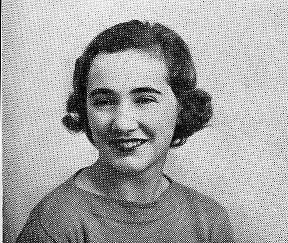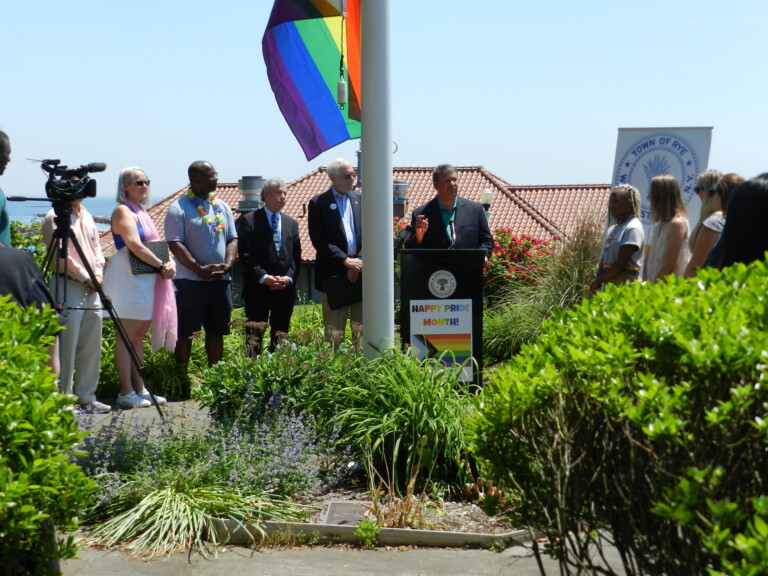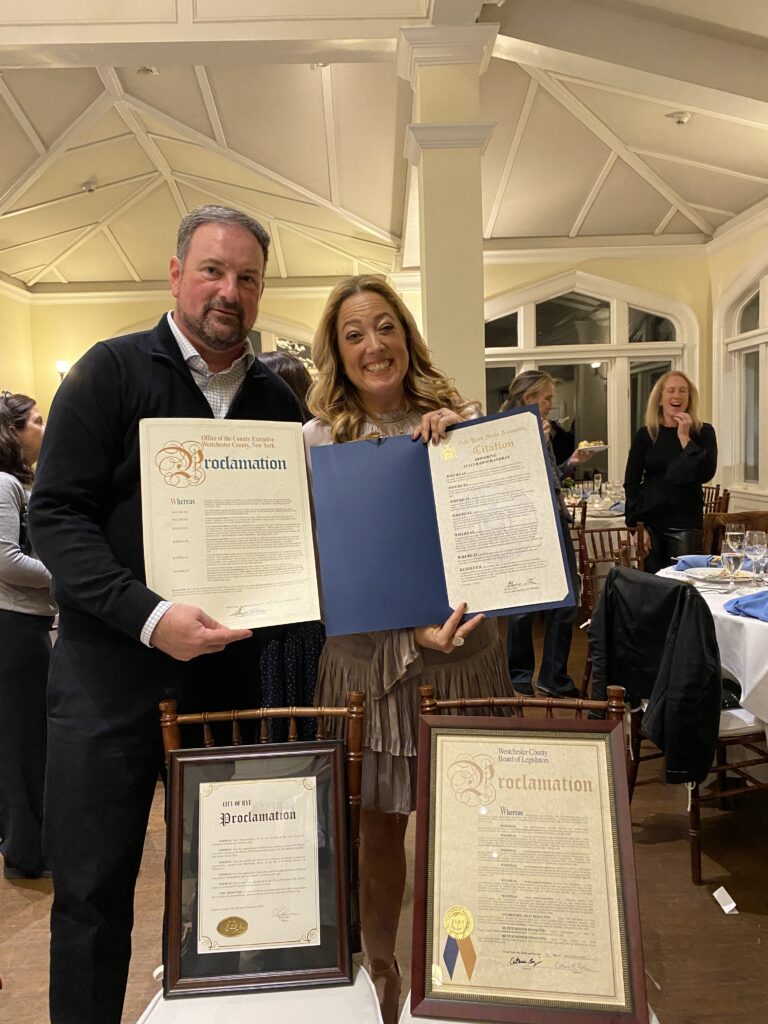Honoring Service: Veteran Mary S. Ball, World War II
Our reporting on local veterans is a collaboration with RyeVets.org to highlight those from Rye who have served our country across times of war and peace. There are over 2,100 veterans from the City of Rye. Learn more about how you can help research and write biographies of those that have served.

Mary S. Ball was born in New York in 1921. In Rye her family lived at 7 Hillcrest Rd and were members of the Church of the Resurrection. Mary was a Rye High School Graduate, Class of 1938. She enlisted and served in the U.S. Army – WAC during World War II
Died On: 8 Mar 2005
Street Address: 7 Hillcrest Rd
Branch of Service: Women’s Army Corps-WWII
Mary Sophie Ball was born on January 4th, 1921 to parents Joseph Ball and Teresa Burns. Sophie lived with her family at 44 Oakwood Avenue In Rye, New York (Street View) back when Rye was a small town with a population of 9,865. Sophie lived with her mother, Teresa, and 4 siblings, Gertrude, Cornelius, Dora, and Bernard. Sophie attended Rye High School, and graduated class of 1938. Over the course of her education, she took part in many extracurricular activities. Sophie was a tennis player, a member of the Library Club, the 33 Club, S.O.S., and the Stagecraft Club. After her graduation, Sophie worked as a Saleswoman.
Sophie enlisted into the Women’s Army Corps on August 24th, 1943. The Women’s Army Corps (WAC) was the women’s branch of the United States Army. It was created as an auxiliary unit, the Women’s Army Auxiliary Corps (WAAC) on 15 May 1942 and converted to an active duty status in the Army of the United States as the WAC on 1 July 1943.
The WAAC were first trained in three major specialties. The brightest and nimblest were trained as switchboard operators. Next came the mechanics, who had to have a high degree of mechanical aptitude and problem solving ability. This was later expanded to dozens of specialties like Postal Clerk, Driver, Stenographer, and Clerk-Typist. WAC armorers maintained and repaired small arms and heavy weapons that they were not allowed to use.
General Douglas MacArthur called the WACs “my best soldiers”, adding that they worked harder, complained less and were better disciplined than men. Many generals wanted more of them and proposed to draft women but it was realized that this “would provoke considerable public outcry and Congressional opposition”, and so the War Department declined to take such a drastic step. Those 150,000 women who did serve released the equivalent of 7 divisions of men for combat. Gen. Dwight D. Eisenhower said that “their contributions in efficiency, skill, spirit and determination are immeasurable”. Sophie met Vincent Shappy in the Army when they were stationed down South. They married in Rye in August of 1944. WAC Sergt. Mary Sophia Ball Weds T/Sergt. Vincent Shappy
Mary Sophia “Sophie” Shappy, 84, of Rutland, VT died Tuesday morning, March 8, 2005, at her home surrounded by her family. At the time of her death she was survived by her husband, three daughters, Terry Shappy-Cherry and her husband Richard of Rutland, Susan Mason and her husband Ken of Lyndonville, Vt., and Joanne Blanchard of Rutland; one son, Richard W. Shappy and his wife, Rachel Plant, of New Haven, Vt.; one brother, Bernard J. Ball of Rye, N.Y.; seven grandchildren, five great-grandchildren, nieces and nephews. She was predeceased by three brothers, Cornelius Ball, Joseph Ball Jr., and Cornelius S. Ball; and by two sisters, Gertrude (Ball) Ward and Dora (Ball) Gilbert.
This bio was written by John Melfi, RHS 2021.






